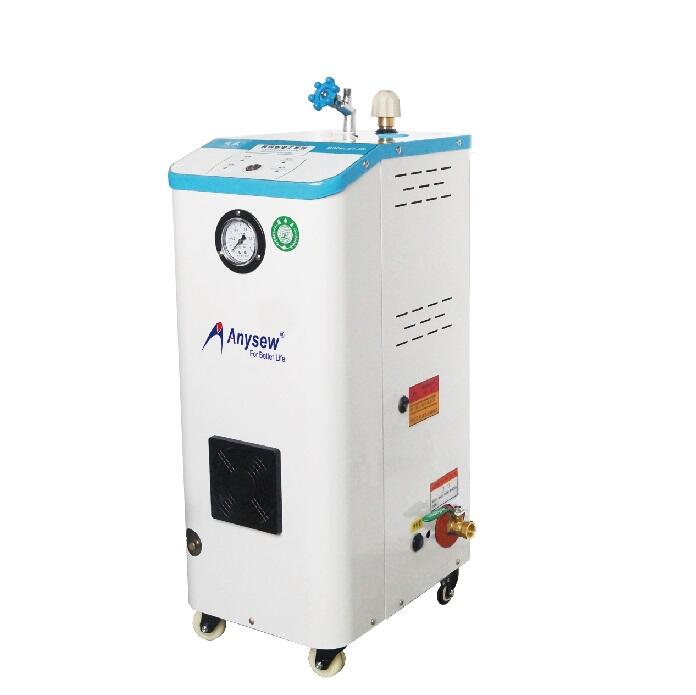Understanding the Impact of Modern Finishing Technology on Manufacturing Excellence
The manufacturing industry has witnessed a revolutionary transformation with the integration of advanced finishing machines into production processes. These sophisticated pieces of equipment have become indispensable in achieving superior product quality, meeting precise specifications, and maintaining consistency across production runs. A finishing machine represents the culmination of engineering excellence, combining precision mechanics with automated control systems to deliver impeccable surface treatments and final touches to manufactured items.
In today's competitive manufacturing landscape, the difference between good and exceptional products often lies in the finishing process. A state-of-the-art finishing machine not only enhances the aesthetic appeal of products but also contributes significantly to their durability, functionality, and overall market value. Understanding how these machines operate and their impact on product quality is crucial for manufacturers aiming to maintain a competitive edge in their respective industries.
Core Components and Functionality of Industrial Finishing Systems
Essential Mechanical Elements
The heart of any finishing machine lies in its mechanical components, each precisely engineered to perform specific surface treatment functions. These include abrasive belts, polishing wheels, brushing mechanisms, and automated feed systems. The integration of these elements enables the machine to deliver consistent pressure, speed, and material removal rates, ensuring uniform finishing across all product surfaces.
Advanced finishing machines incorporate sophisticated motion control systems that allow for multi-axis movement, enabling them to process complex geometries and reach intricate areas of workpieces. This level of precision ensures that every surface receives the appropriate treatment, regardless of its position or orientation within the machine.
Control Systems and Automation Features
Modern finishing machines are equipped with advanced control systems that monitor and adjust processing parameters in real-time. These systems utilize sensors and feedback mechanisms to maintain optimal finishing conditions throughout the operation. Parameters such as pressure, speed, and feed rate are continuously monitored and adjusted to ensure consistent results.
The automation capabilities of contemporary finishing machines extend beyond basic operation control. They include features like automatic tool wear compensation, adaptive feed rates, and intelligent surface detection systems. These sophisticated controls minimize operator intervention while maximizing efficiency and quality consistency.
Surface Quality Enhancement and Material Properties
Precision Surface Finishing Techniques
A finishing machine employs various techniques to achieve desired surface characteristics. These may include grinding, polishing, deburring, and surface texturing. Each technique is carefully calibrated to match specific material properties and desired outcomes. The machine's ability to maintain consistent pressure and speed throughout these processes ensures uniform surface quality across the entire workpiece.
The level of precision achieved by modern finishing machines is remarkable, with some systems capable of achieving surface roughness measurements in the nanometer range. This level of accuracy is particularly crucial in industries such as aerospace, medical device manufacturing, and precision engineering, where surface quality directly impacts product performance.
Material-Specific Processing Parameters
Different materials require specific finishing approaches, and advanced finishing machines are designed to accommodate these variations. The systems can be programmed with material-specific parameters that optimize the finishing process for various substances, from metals and plastics to ceramics and composites. This versatility ensures that each material receives the most appropriate treatment for optimal results.
The ability to fine-tune processing parameters based on material characteristics not only improves final product quality but also extends tool life and reduces processing time. Modern finishing machines often include material libraries and automated parameter selection features that simplify setup procedures while ensuring optimal results.
Quality Control and Process Monitoring
Integrated Inspection Systems
Quality control in finishing operations has been revolutionized by the integration of advanced inspection systems within finishing machines. These systems utilize various technologies, including optical sensors, laser scanning, and vision systems, to monitor surface quality in real-time. This immediate feedback allows for quick adjustments to maintain quality standards throughout the production run.
The data collected by these inspection systems also contributes to comprehensive quality documentation, enabling manufacturers to maintain detailed records of finishing operations and demonstrate compliance with quality standards. This capability is particularly valuable in industries with strict regulatory requirements.
Performance Analytics and Optimization
Modern finishing machines are equipped with sophisticated analytics capabilities that track performance metrics and identify opportunities for process optimization. These systems analyze data from multiple sources, including machine parameters, quality measurements, and production rates, to provide insights for continuous improvement.
The ability to analyze historical performance data helps manufacturers identify trends, predict maintenance needs, and optimize processing parameters for different products. This data-driven approach to process optimization leads to improved quality consistency and reduced operational costs.
Frequently Asked Questions
What maintenance is required for optimal finishing machine performance?
Regular maintenance of a finishing machine includes cleaning and calibrating working surfaces, checking and replacing worn components, lubricating moving parts, and verifying alignment of critical elements. It's recommended to follow manufacturer-specified maintenance schedules and conduct daily inspections of key components to ensure consistent performance and quality output.
How does a finishing machine affect production efficiency?
A finishing machine significantly improves production efficiency by automating surface treatment processes, reducing manual labor requirements, and ensuring consistent quality output. Modern machines can process multiple pieces simultaneously and typically operate at higher speeds than manual finishing methods, leading to increased throughput and reduced production costs.
What factors determine the choice of finishing machine for specific applications?
The selection of a finishing machine depends on several factors, including the material being processed, required surface finish quality, production volume, part size and geometry, and specific industry standards. Additional considerations include the machine's automation capabilities, energy efficiency, maintenance requirements, and compatibility with existing production systems.

